Art, diplomacy and geopolitics rarely had as stark and sobering an encounter as they did on the night of 19 December, 2016, in Ankara, Turkey. Russia’s ambassador to Turkey, Andrei Karlov, was assassinated at the opening of a photography exhibition by an off-duty Turkish policeman. It rounded off a year in which Turkey’s diplomatic relations with both West and East have taken dramatic, and frequently negative, turns. To this backdrop, the collection display at Istanbul’s Pera Museum, ‘Intersecting Worlds: Ambassadors and Painters’, seems to take on added significance. This selection from the Suna and İnan Kıraç Foundation Orientalist Painting Collection charts the Ottoman Empire’s international relations through art, reminding us of a Turkey that was once a thriving region for ambassadors, statesmen, diplomatic envoys – and the artists commissioned to record them.
Between the 17th and 19th centuries, the Ottoman Empire welcomed more ambassadors than it sent to other countries. Sprawling from Eastern Europe to North Africa and the Middle East, it was during this period just past its peak in geographical spread, and most routes from West to East took emissaries through Ottoman lands. Istanbul itself was also often their final destination: Western ambassadors were eager to document the court, societies, customs, and administrative and military organisation of the imperial capital. These ambassadors were often accorded important social status, and had their portraits painted – sometimes in Turkish attire – as well as commissioning paintings of Turkish life and landscapes. Brought home to European capitals, these artworks served as status symbols, windows into the Orient, and valuable assets.
The Portrait of Charles Gravier, count of Vergennes and French ambassador, in Turkish attire, by Antoine de Favray, is a particular highlight of the collection, alongside one by the same artist of Gravier’s wife, Annette Comtesse de Vergennes in Oriental Costume (both second half of the 18th century). The Graviers are sitting on low divans, legs crossed in the Ottoman style, in traditional Ottoman clothes. It seems too facile to dismiss these as the Orientalist fantasies of wealthy Westerners: both husband and wife have an unmistakable air of ease and belonging. De Favray’s patrons clearly intended to be depicted as worldly figures, a touch of hauteur hanging about their apparent relaxed familiarity with Ottoman court life – no doubt impressive to those back home. European ambassadors and their families were fascinated by the imperial capital they called Constantinople, even as they themselves were a source of fascination to the Turks. The results are scenes of intriguing – if sometimes discordant – multiculturalism. Renowned Ottoman court painter Fausto Zonaro’s The Daughter of the English Ambassador Riding in a Palanquin (1896) seems to capture this partial assimilation perfectly; in it, British ambassador Sir Philip W. Currie’s daughter, wearing the latest in London bridal fashion, is being carried to her church wedding in a tahtırevan by Ottoman guards sporting the fez.
The district of Pera also features repeatedly in the collection, adding a specific sense of place and time to the colourful individuals depicted. With its cluster of embassies and Parisian grande rue (modern-day Istiklâl Avenue), this predominantly Western, Greek Orthodox Christian and Jewish area provided painters with much of their custom. Muslim artists were barred on religious grounds from portraiture, as recreating the human face in true likeness is frowned upon in Islam. Jean-Baptiste Vanmour, who came to Istanbul in 1699 in the suite of the French Ambassador, the Marquis de Ferriol, left perhaps the most comprehensive visual record of Istanbul of any artist. His Ambassadorial Delegation Passing through the Second Courtyard of the Topkapı Palace (first half of the 18th century) gives an especial sense of how layered these encounters could be. The overcrowded image depicts the French delegation touring Topkapı palace, while hundreds of Ottoman Janissaries look on – they seem at leisure, but nonetheless serve to remind a foreigner of military might. Such work that ambassadors commissioned from the artists in their retinues also served as source material for other Western painters. As they were brought back to their owners’ respective countries along with books, engravings and gifts of Turkish craftsmanship, a visual repertoire of the Ottoman world came into being, fuelling the imaginings of Orientalist painters like Jean-Auguste-Dominique Ingres, who never actually travelled to Istanbul, and accumulating cultural knowledge that could prove useful for future diplomatic manoeuvring.
The same held true for the reverse encounter. Smaller in number but no less interesting here are the portraits of Ottoman statesmen made by foreign artists from embassies, such as Kozbekçi Mustafa Aga and his retinue (first half of the 18th century) and Mehmed Said Efendi and his retinue (mid 18th century) by George Engelhardt Schröder, which attest to the two-way spectacle of these cultural and political overtures. Particularly illuminating is the curator’s focus on Yusuf Agah Efendi, who was appointed the first resident Ottoman ambassador to the British Empire during the reign of Sultan Selim III. Yusuf Agah Efendi and his retinue departed from Istanbul on October 1793, arriving in London to a royal welcome two months later. His retinue included Jewish and Orthodox Christian representatives, reflecting a harmonious co-habitation in Ottoman lands that now seems all but gone from the region. The appointment marked the beginning of the Ottoman Empire’s opening up to modernisation and global relations: initiated by the reform-minded Selim III, extensive legislative, military, and fiscal reforms brought the ageing empire into the 19th century.
‘Intersecting Worlds’ tells rich stories of multi-faith and multi-cultural exchange, while suggesting the façade of spectacle, the delicacy of these early relations, and the mutual fascination in these diplomatic encounters. Underlining the region’s millennia-long geographical importance, it serves as a welcome reminder of a past characterised by an openness worth cultivating again.
‘Intersecting Worlds: Ambassadors and Painters’ is on long-term display at the Pera Museum, Istanbul, with an accompanying catalogue.
Unlimited access from just $16 every 3 months
Subscribe to get unlimited and exclusive access to the top art stories, interviews and exhibition reviews.

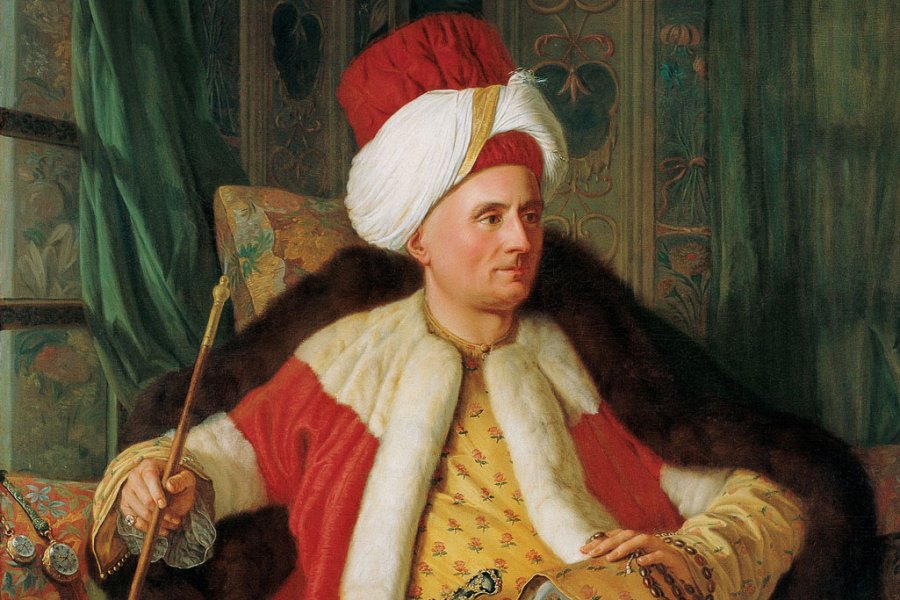


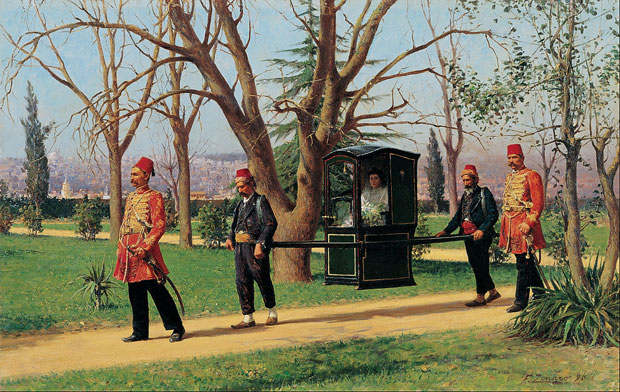
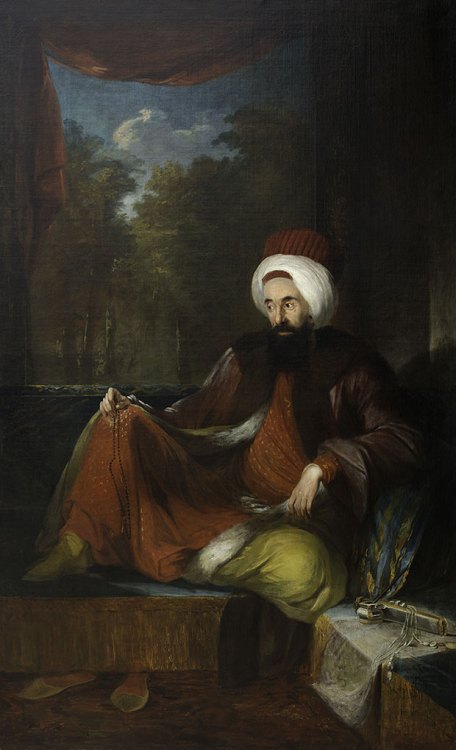
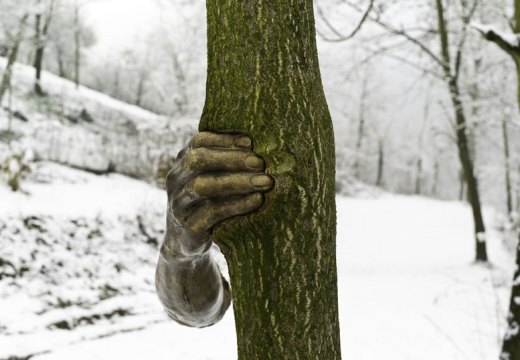
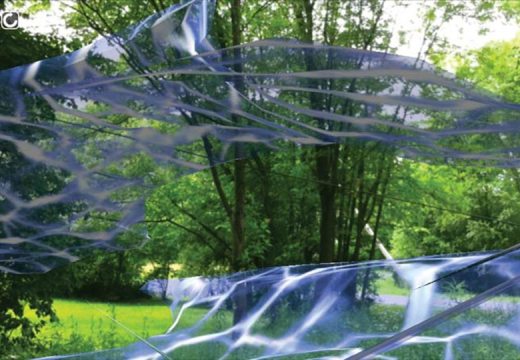
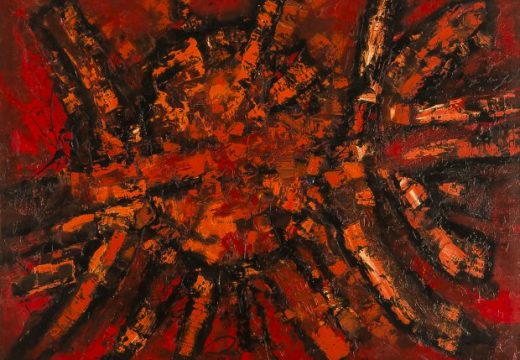









![Masterpiece [Re]discovery 2022. Photo: Ben Fisher Photography, courtesy of Masterpiece London](http://www.apollo-magazine.com/wp-content/uploads/2022/07/MPL2022_4263.jpg)
Why are fathers so absent from art history?